For many of us, the biggest day of the holiday season is Christmas, and after all the presents are opened, that day’s main event usually involves food. We bet that there are a lot of things you didn’t know about classic Christmas fare.
Just like the rest of the world, the United States has its own collection of traditional Christmas foods, and while it may appear that candy canes, turkey or ham, and sugar plums (whatever those are) have been deeply engrained in Christmas tradition for as long as the holiday has existed, in reality, that couldn’t be farther from the truth.
We tend to think of Christmas dinner as rather set, sticking to a tried-and-true formula; a roast of some kind, dressing, mashed potatoes and gravy, and maybe some roasted root vegetables seem to be the norm (with some regional variations), with pie or Christmas pudding for dessert. In reality, Christmas traditions have developed over time and vary across the globe — and there is often an unexpected story behind the foods we take for granted.
From the origin of fruitcake and candy canes to just how many calories are in that Christmas dinner, there are a lot of things about Christmas food that you may not know.
1. Candy Canes were invented to keep kids quiet

Adorabel toddler boy eating a candy cane wearing a santa hat and red long-johns. (iStock)
Legend has it that candy canes were invented in 1670, when the choirmaster of the Cologne Cathedral commissioned candies shaped like a shepherd’s crook so they could be handed out to children attending the church’s crèche scene in order to keep them quiet. The stripes came later.
2. Sugar Plums had nothing to do with plums
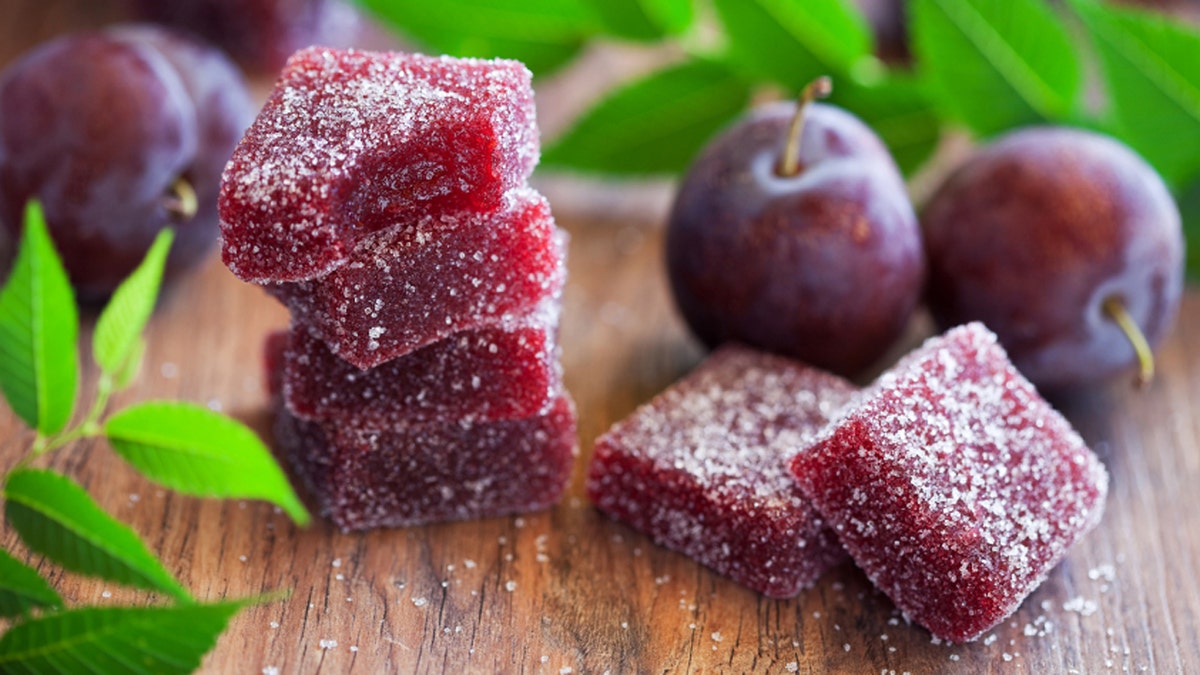
Plum jelly candies, selective focus (iStock)
From the Sugar Plum Fairy to visions of sugar plums dancing in children’s heads, sugar plums definitely have a place in Christmas lore. But what are they, exactly? You might not have guessed by their name, but these sweet treats are a type of candy. When they first came around in the 1600s, the term “plum” denoted any dried fruit, and typical sugar plums are made with a combination of dried fruit and spices that are rolled into balls, then coated with a hard candy shell.
3. Animal Crackers were originally a Christmas treat

Crunchy Lemon Animal Cracker Cookies on a Background (iStock)
Animal crackers were first introduced around Christmastime in 1902. The string on the box was originally intended to be used to hang the boxes on Christmas trees.
4. Fruit Cake was intended to last all year

(iStock)
If you’ve ever received a fruitcake as a gift, you probably know that those suckers can last for a long time without ever going bad, thanks to the preservative properties of the sugar and the booze they contain. Actually, that’s a part of the design: they were originally intended to be baked at the end of the harvest season and saved to be eaten at the beginning of the harvest season the following year, for good luck.
5. Mince Pie was originally topped with a Jesus effigy
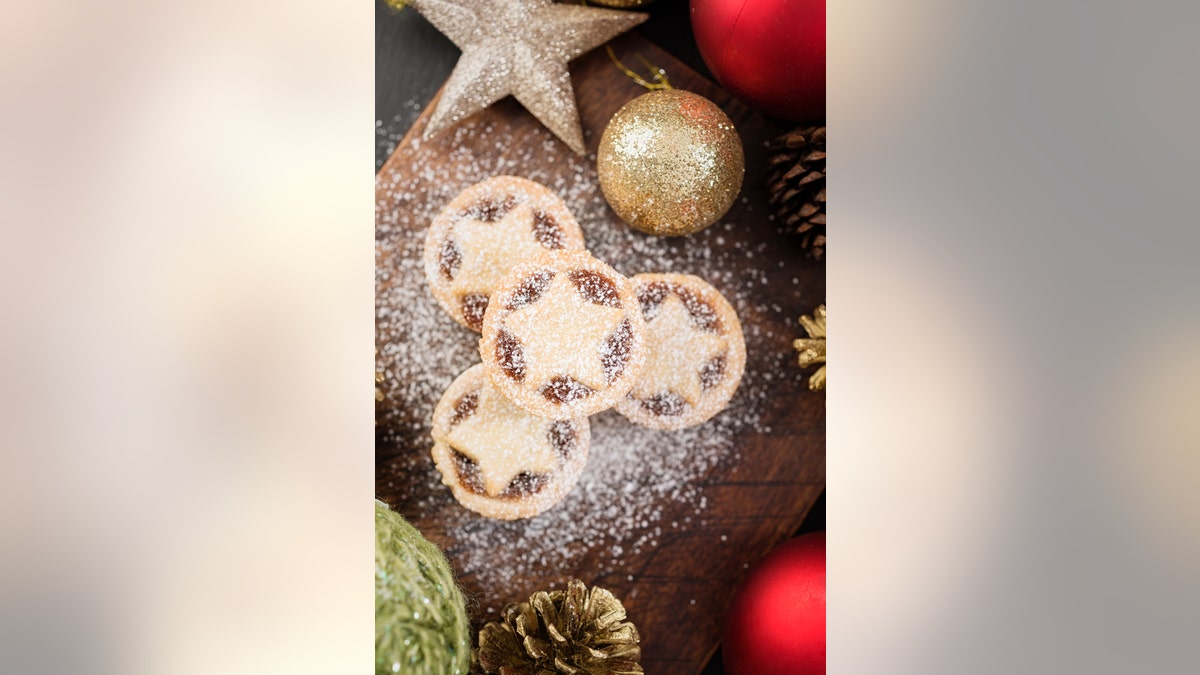
(iStock)
The earliest mince pies date back to medieval times if not earlier, and typically included minced meat, suet, fruits, nuts, and spices like cinnamon, cloves, and nutmeg. The pie was originally crustless, but over time a crust was added, and a pastry effigy of the baby Jesus was traditionally laid on top. Today, thankfully, meat usually isn’t an ingredient.
6. Turkey wasn't the main dish at Medieval Christmas feasts
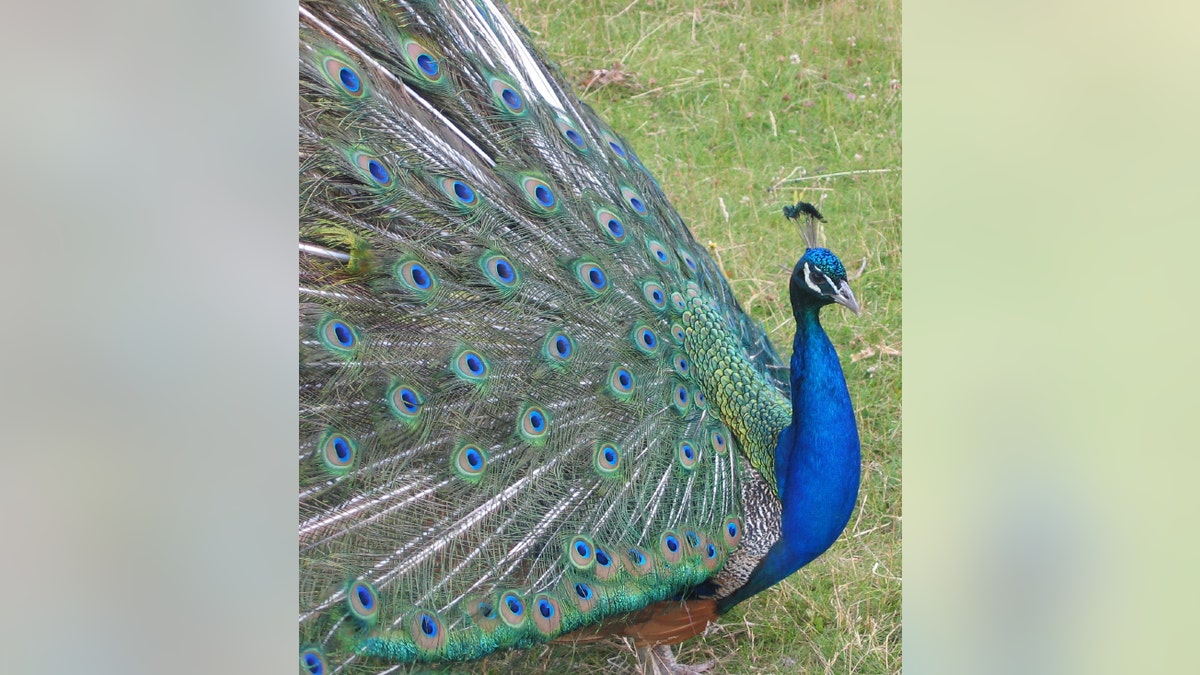
(iStock)
oast turkey or another type of poultry is the main protein in a typical British Christmas dinner today, but back in medieval times the preferred poultry was actually peacock! Boar was also a Christmas mainstay. It wasn’t until Henry VIII had turkey for Christmas in the sixteenth century that it became the norm.
7. Australians usually grill on Christmas
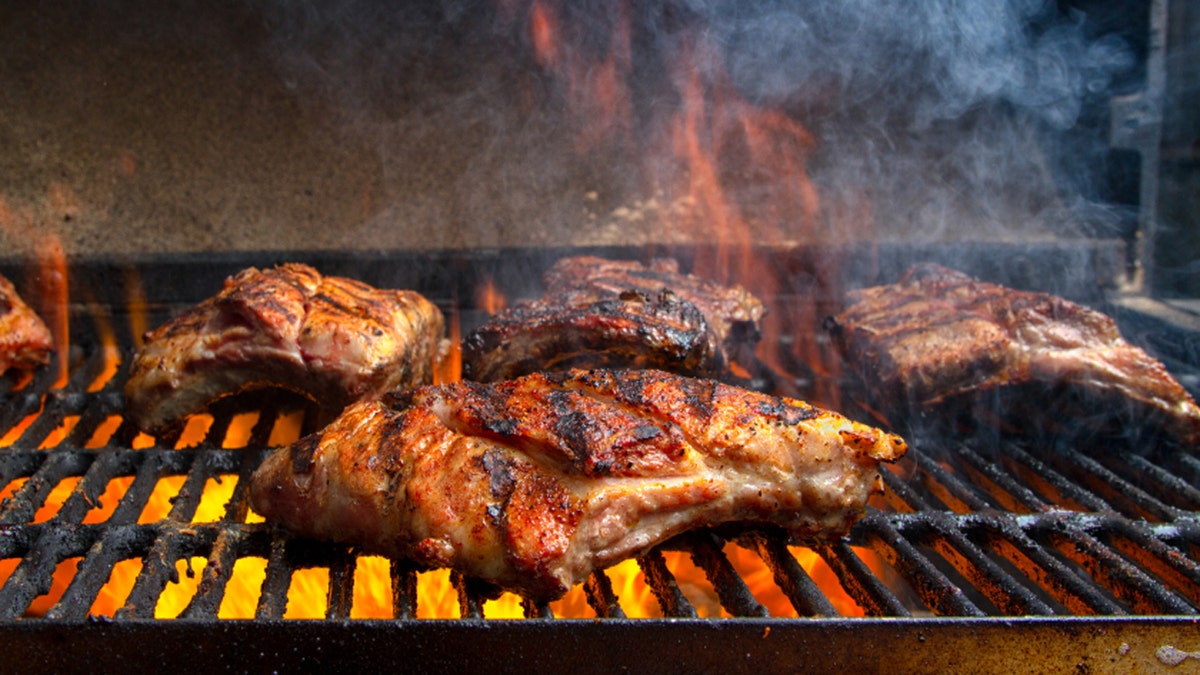
Baby Back Ribs on a barbecue grill with flames (iStock)
It’s funny to think that Christmas falls right in the middle of summer Down Under, but it does. The meal is still based on traditional English and North American traditions, but in order to avoid the hot oven most Australians actually prepare their Christmas dinner on the barbie.
8. Christmas Dinner usually contains over 7,000 calories
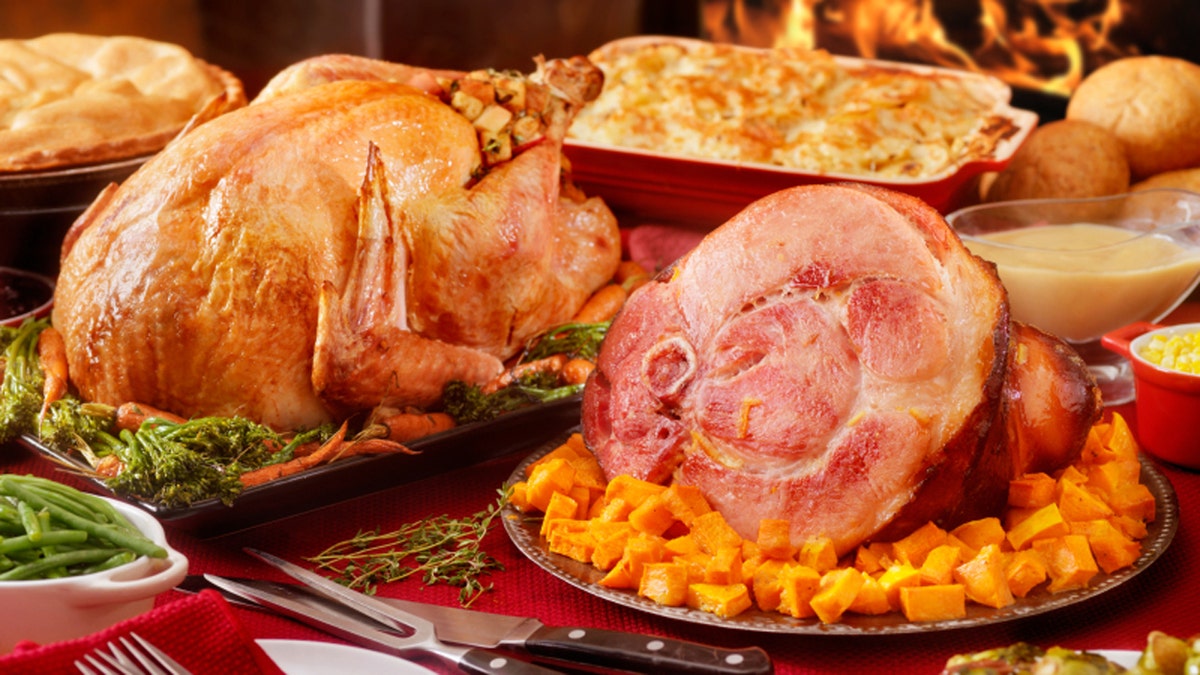
Picture 16996 (iStock)
Between the wine, mixed nuts, multiple helpings of turkey and sides, pie, cheese, and booze, the eating and drinking done during Christmas Day alone can add up to more than 7,000 calories per person, according to one study. Maybe skip that second piece of pie this year.
Check out more funny holiday food facts.
More from The Daily Meal
Beyond Eggnog: 10 Festive Holiday Drinks
50 Recipes for Your New Year’s Weight-Loss Resolution
2015 Holiday Spirits Gift Guide
